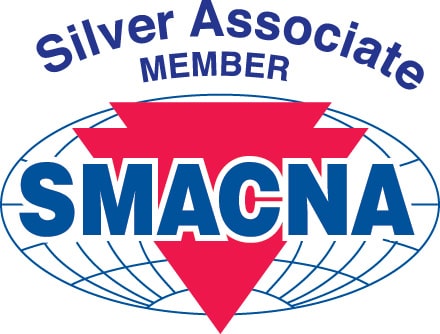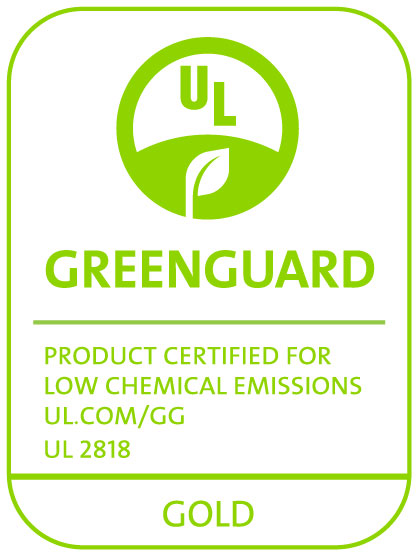National model energy standards, such as ANSI/ASHRAE/IES Standard 90.1 – Energy Standard for Buildings Except Low-Rise Residential Buildings and the International Energy Conservation Code® (IECC®), actually require minimum insulation thicknesses for heating and hot water piping from 105°F [40°C] and above. The minimum insulation thickness is determined by the line (service or operating) temperature and nominal pipe or tube size. It’s been documented that pipe insulation can reduce heat loss by preserving hot water temperatures by 2°F – 4°F when compared to uninsulated hot water pipes.
National energy standards also require minimum pipe insulation thicknesses for cold water systems, such as domestic cold water piping, to prevent heat gain while controlling condensation. The minimum insulation thickness, again, is determined by the line temperature and nominal pipe or tube size.
The correct plumbing insulation thickness is critical to preventing condensation, or “sweating”, on the insulation surface and preventing corrosion under insulation (CUI). Choosing plumbing insulation with the proper thermal conductivity (k-value) and thickness can effectively control condensation throughout daily fluctuations in system operating temperatures and seasonal ambient temperature and relative humidity.
The cost of uncontrolled condensation on cold water plumbing systems and the surrounding environment can be significant. Condensation can potentially reduce a pipe insulation’s thermal efficiency, catalyze corrosion to metallic piping and equipment and cause water damage to equipment and building systems below. Choosing the right plumbing insulation and thickness to constantly manage condensation can pay for itself by preventing costly repairs and replacement of insulation and parts of the plumbing system itself.
When excessive condensation develops on the plumbing insulation surface, the potential for mold development is real. Whether the excess moisture or vapor drive, permeates into and beneath the insulation or travels to areas below, mold development can result if food (i.e. dust) and water for microbes are present. The good news is that most plumbing insulation offers antimicrobial protection so at least mold cannot grow on the plumbing insulation surface.
When freeze protection is required for plumbing systems in unconditioned (mechanical room, basement, attic) and exterior spaces, insulation with the proper thermal k-value and thickness can prevent heat loss. When installed in exterior environments, plumbing insulation should be protected from solar radiation, moisture, and mechanical damage.
Available in preformed tubes (unslit and pre-slit Self-Seal) for small piping plus sheets & rolls for large piping and equipment, Aeroflex USA’s AEROFLEX® brand of EPDM closed-cell elastomeric foam insulation effectively insulates plumbing systems with continuous service temperatures of -297°F – 257°F [-182°C – 125°C]. Available in ASTM E84 25/50-rated thicknesses up to 2” [50 mm] thick with inherent microbial resistance, AEROFLEX EPDM™ is engineered to perform as intended for the life of the plumbing mechanical system.











